Late-season issues for Kentucky WBB were symptoms of year-long problems
Just a few weeks into the 2020-21 regular season, everything was clicking for Kentucky Women’s Basketball.
The ladies were riding a 6-0 start with a hellacious upcoming schedule staring them down. Kyra Elzy was stripped of the interim tag following the unexpected retirement of the program’s all-time wins leader, Matthew Mitchell, and was gifted the title of head coach by athletic director Mitch Barnhart. The preseason player of the year, Rhyne Howard, was entering her junior season with several chips on her shoulder and a supporting cast loaded with four- and five-star talent. A win over a ranked Indiana squad in the fourth game of the season stoked early optimism that this might be the stretch where UK can make a deep run in the NCAA Tournament.
What we didn’t know at the time, however, was that those first few weeks would wind up being the highlight of the entire season. After a 6-0 start, Kentucky continued to go 12-9 the rest of the way, losing in the quarterfinals of the SEC Tournament and later suffering a humiliating Round of 32 exit from the NCAA Tournament.
Two days after Elzy was given a six-year contract on Dec. 14, Kentucky lost its first game of the season to DePaul up in Chicago.
DePaul, who was ranked at the time of the matchup against UK, tanked away the rest of the season, finishing 14-10 with a loss in the second round of the WNIT under its belt. A couple of weeks later, Kentucky managed to beat two more ranked opponents in Arkansas and Mississippi State, although both programs went through spells of poor play after that. Arkansas was upset in the first round of the NCAA Tournament by a 13-seed while Mississippi State failed to qualify for any postseason event at all. Immediately after those two wins, Kentucky dropped games against the SEC’s top two teams, South Carolina and Texas A&M. UK played the Gamecocks well but were exploited by the Aggies.
A pair of closer-than-they-should-have-been victories over Vanderbilt (who would end its season after losing to Kentucky due to ongoing COVID-19 issues) and Auburn didn’t exactly set the ‘Cats up for success. The tipping point of the entire season would come next–a 17 point beatdown on the road at the hands of rival Tennessee. Something happened in that loss that limited the potential of this team–something that prevented them from making substantial progress. It was an eye-opening defeat, for sure, but it opened up an opportunity to do some soul-searching. Unfortunately, that didn’t appear to be the case. Kentucky, on offense and defense, continued to play the exact same way it had all season, for better or worse.
From every game going forward, Kentucky looked hardly like the team that was sharing the love in the first few weeks of the season, even if the concept was the same. It was simply becoming easier to predict for the opponent. UK finished the season 7-5 after that loss to the Lady Volunteers, which ironically included a home win over the same UT group just a couple of games after the first defeat. Ole Miss, who finished 4-10 in SEC play, earned half of its conference wins by beating Kentucky twice in the closing weeks of the regular season.
In reality, not much changed following the first loss to Tennessee–and that’s where most of the end-of-season issues stem from. What had been working early in the year against the likes of Kansas State and Indiana was quickly being abused as the schedule toiled along against the goliaths of the SEC. Especially in the SEC Tournament against Georgia, the Bulldogs knew exactly what Kentucky was going to do on offense before they could even bring the ball across halfcourt. On defense, all season long, Kentucky never had an answer for a post player over 6-foot-3. Adjustments felt as if they came too far-and-few between.
One thing you can say about Kentucky is they never “quit” on the team, but it was undeniable that they would take plays off on both ends of the floor. Howard, in particular, should not be void of this criticism. Perhaps the frustration of being forced into picking up the slack began to wear on her as the season went along, but there many instances throughout the year where she stood in the corner with one hand on her hip and the other annoyingly flung into the air while UK had the ball, or where she made half-hearted attempts to create turnovers on defense. Far too often, Howard came off as disinterested and aloof.
At least once a game, Howard would throw her hands up in irritation if the offensive possession stalled–oftentimes with Chasity Patterson in control of the ball, pounding endless dribbles around the perimeter before rushing a shot late in the clock. Those two–Kentucky’s two best scorers–had instances this season where they were clearly not on the same page and it created some on-court chemistry issues. Patterson showed plenty of signs that she could run the show, but it typically came with Howard on the bench or taking a back seat. They struggled at divvying up possessions and rotated playing isolation basketball. Dre’Una Edwards, who showed impressive scoring potential early on, failed to live up to expectations as time went on. The offense became incredibly one-dimensional. If it wasn’t running through Howard or Patterson trying to make something out of nothing, Kentucky wasn’t going to produce.
But how much of that falls on Howard/Patterson, and how much should fall on the head coach? The scenario I just described above happened in mid-January just as often as it did in early March. Outside of toying with starting lineups (Elzy inserted Jazmine Massengill midway through the season as the starting point guard, taking out Blair Green while moving Patterson to the two-guard in the process. Elzy also replaced Dre’Una Edwards with Tatyana Wyatt while experimenting at times with Olivia Owens in the starting group) the offensive scheme remained the same: slow-developing and lacking a punch. Kentucky had no inside presence on offense and it limited what the guards could do on the perimeter.
For a team and a head coach that constantly talked-up the importance of defense, which would, in turn, help jumpstart transition offense for easy scores, UK lacked the intensity to be effective in that area. Kentucky has typically been an undersized roster the last few years and that didn’t change this season, but previous Kentucky teams were able to make up for it with a penchant for putting themselves in proper defensive position. This team seemingly never learned–or worse, never wanted–to do that. During the 2019-20 season, Kentucky drew 46 charges on the year. This year? Just 13. Jaida Roper took 15 charges by herself during her senior season last year, and that was without an NCAA Tournament. KeKe McKinney led UK in 2020-21 with just four drawn charges. Howard, who was a member of the SEC All-Defensive Team in 2019-2020, drew just two charges this season and did not make the Defensive Team in 2020-2021.
During the last two seasons under Coach Mitchell before his retirement, Kentucky posted defensive ratings of 84.1 (2018-19) and 85.1 (2019-20), which both ranked among the top 80 percentile of Divison I schools, according to Her Hoop Stats. This season, Kentucky is up to a defensive rating of 93.5, which ranks among the bottom half of every team across the country. Compound that with an inability to control the boards (or the lack of intention to do so) and the problems quickly started to mount up.
Everything seemingly comes back to a lack of consistent effort, though. The hard and blunt truth is that Kentucky took possessions off and there didn’t appear to be any repercussions from the coaching staff. There was a lack of accountability on the court from the people in charge all the way down to the players. We can’t speculate what went on behind the scenes because we have no way of knowing, but it was painfully obvious watching on TV or in-person.
Nothing exemplified the 2020-21 season more than the embarrassing 86-72 loss to the Iowa Hawkeyes in the Round of 32, which ended the ‘Cats season on Tuesday afternoon. First-year guard Caitlin Clark had more points by herself (24) at halftime than the entire Wildcat roster (22) as UK was down 20-plus for the majority of the afternoon. There was no fight from Kentucky, there was no “Dog” in them, which had been preached as a team trait during the beginning of the season. Even after going down 11-0 in the opening minutes, the attitude from the Kentucky sideline never changed. Not even an elimination game in the NCAA Tournament could hype them up enough to turn up the heat.
By the time March rolled in, Kentucky was more frustrating to watch than exciting. The talent was clearly there, but they never meshed well-enough to thrive. Treasure Hunt, who came in as a five-star recruit, didn’t come along until the last few weeks, which can fairly be attributed to a limited offseason. Green reverted to her sophomore ways after a hopeful and confident beginning to her junior campaign. The roles for Robyn Benton, Owens, and Edwards all slowly faded away over time. Kentucky became far too dependent on Howard, who would reluctantly decide to take over games, which she occasionally did with success. But when looking at the entirety of a game, from the opening tip to the final buzzer, it’s hard to argue that Howard wasn’t under-used and a bit lackadaisical. UK constantly went multiple possessions in a row where she wouldn’t even try to touch the ball. That’s as much on Howard as it is on Coach Elzy, who would wait until Kentucky was in a hole before letting the best player in the country freestyle her offense.
Speaking of Coach Elzy, her situation as a first-year head coach was one that literally no one else has experienced in history, which we should all keep in mind. Take away the negative effects of COVID-19 entirely and she was still thrust into an unusual position. The day that Mitchell stepped down as head coach, Elzy didn’t even know the news was coming until shortly before it was announced. It was as much a shock to her as it was the rest of the Big Blue Nation.
Mitchell announced his retirement on Nov. 12, 13 days before Kentucky’s season-opener against Murray State. Months of preparation as a head coach would now be crunched down into just two weeks. Once viewed as the assistant coach that players could confide in, she was now the person in charge, the person who had to make the tough and unpopular decisions. Elzy suspended Howard for two games and Wyatt for three games before the season even began for reasons that have not been revealed. She was forced to make decisions throughout the season that she could have been more prepared for had she been given a full offseason. That is not her fault in any way and something that should be taken into heavy consideration when examining her first season as a head coach.
But at the same time, there is no reason that Kentucky should have played with as little emotion as they did, or as little will-to-win as they did, particularly this late in the season. Elzy said she wanted her players to know what Caitlin Clark had for breakfast that morning before the Iowa game, that’s how close the defenders should have been to her. Instead, Clark shot 8-11 in the first half on mostly uncontested looks. The defense became as sluggish as the offense, which, by the time the season was over, still had zero identity other than “Rhyne Time”.
All this being said, Coach Elzy deserves a pass for her inaugural season as a head coach. To judge her overall abilities as a leader based on one truncated season is the furthest thing from fair. However, a repeat next season of what happened in 2020-21 would change the narrative completely. If Kentucky wastes a senior season of Rhyne Howard, it would be one of the biggest blunders in program history. She is the best player to come through Lexington in roughly 40 years since Valerie Still was averaging 25 points per contest in the early 80s. Another Round of 32 exit would simply be inexcusable, especially when considering the talent that should come back.
Only four players from the 2020-21 roster were eligible to leave this spring: Kameron Roach (graduated as a junior), Patterson, McKinney, and Wyatt. Of those four, McKinney has said she is coming back to utilize the free year of eligibility while Wyatt will do the same, although she indicated that she might not return to the team after a run of seemingly endless injuries the last couple of years. Roach, who played just 52 minutes all season, is expected to move on while Patterson could theoretically decide to come back for a fifth season, although the indication at this time is that she will not.
Kentucky is only bringing in one recruit, 5-foot-6 four-star point guard Jada Walker, and could once again have 11-12 players capable of earning playing time on the 2021-22 roster. That in itself can pose internal problems The transfer portal could surely come into play regarding both outgoing and incoming players. Should we expect every one of them to come back? It’s now easier than ever for them not to.
For all intents and purposes, Kentucky should return most of its production from this current season. Howard has to stick around for one more college season due to WNBA Draft age-minimum rules. Ideally, she does that in Lexington instead of somewhere else. Players like Hunt should only continue to grow as she shows plenty of potential to become a full-time starter sooner rather than later. A full, normal offseason will surely help work out minor issues that snowballed into bigger problems as we saw this past season.
There will be a shot at redemption next year with a roster once again talented enough to do something special. Kentucky underwhelmed in its opening season with a brand new head coach and the seat could get hot if the ‘Cats don’t improve. For whatever reasons, the players did not fully buy into what Coach Elzy was selling, but she now has an entire summer to get it right.

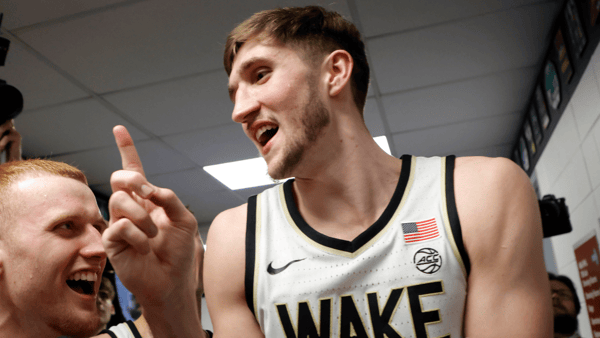
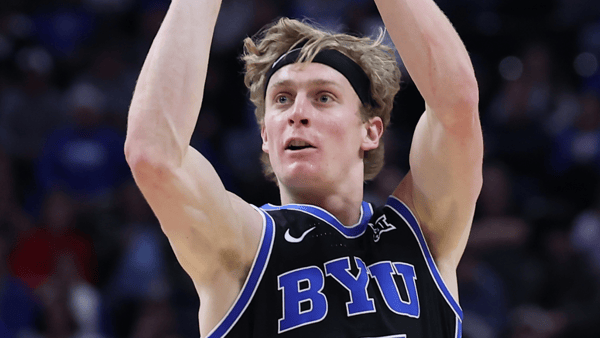
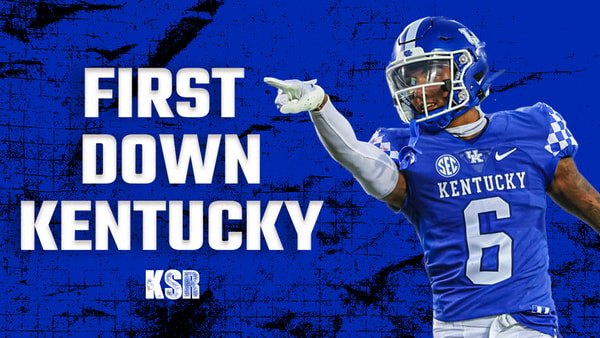
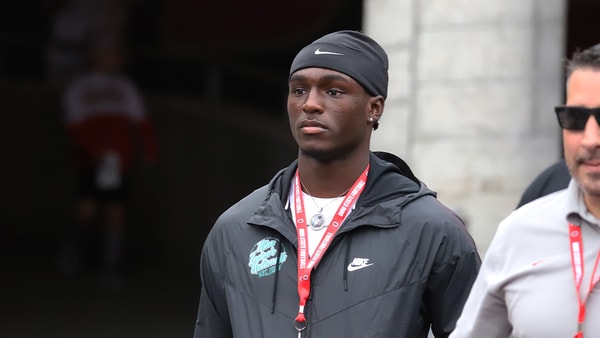

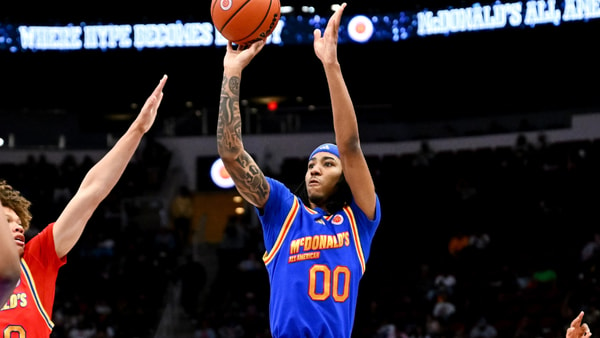

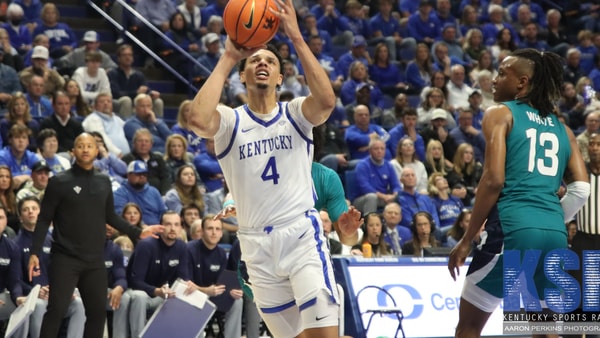
Discuss This Article
Comments have moved.
Join the conversation and talk about this article and all things Kentucky Sports in the new KSR Message Board.
KSBoard